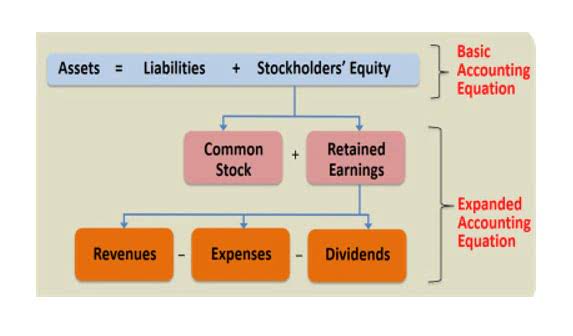Uncategorized
Other Long-Term Liabilities: Meaning, Types, Example

By the end of the 5th year, the bond premium will be zero, and the company will only owe the Bonds Payable amount of $100,000. According to Statista the amount of mortgage debt-debt incurred to purchase homes in the United States was $14.9 trillion in 2017. This value does not include the interest cost-the cost of borrowing-related to the debt. Note that under either method, the interest expense and the carrying value of the bonds stays the same.
- Keep in mind that long-term liabilities aren’t included with tax liabilities in order to provide more accurate information about a company’s debt ratios.
- These are debts or obligations that businesses are expected to pay over a period longer than one year.
- However, too much Non-Current Liabilities will have the opposite effect.
- This amount is recorded as a contingent liability on the balance sheet.
- Contingent liabilities are liabilities that have not yet occurred and are dependent on a certain event for being triggered.
Bonds payable

As a result the bad debts expense is more closely matched to the sale. When a specific account is identified as uncollectible, the Allowance for Doubtful Accounts should be debited and Accounts Receivable should be payroll credited. The credit balance in this account comes from the entry wherein Bad Debts Expense is debited. The amount in this entry may be a percentage of sales or it might be based on an aging analysis of the accounts receivables (also referred to as a percentage of receivables). A current asset account that represents an amount of cash for making small disbursements for postage due, supplies, etc. The average time it takes for a retailer’s or manufacturer’s inventory to turn to cash.
Examples of Long-term Debt

The amount of the cash payment in this example is calculated by taking the face value of the bond ($100,000) multiplied by the stated rate. Because of the time lag caused by underwriting, it is not unusual for the market rate of the bond to be different from the stated interest rate. The difference in the stated rate and the market rate determine the accounting treatment of the transactions involving bonds. It becomes more complicated when the stated rate and the market rate differ. To continue your review of liabilities, read these sections on how long-term liabilities are treated on the balance sheet.

Other Long-Term Liabilities: Meaning, Types, Example
From a tax perspective, interest expense treatment varies by liability duration. Tax Cuts and Jobs Act (TCJA) and subsequent modifications in the Inflation Reduction Act, businesses face limitations on interest deductibility. long term liabilities examples The IRS Section 163(j) rule restricts net interest expense deductions to 30% of adjusted taxable income, impacting companies with substantial long-term debt. Additionally, deferred tax liabilities—arising from temporary differences between book and tax reporting—often fall under long-term liabilities, affecting future tax obligations. For example, if a company takes out a loan, the loan amount is recorded as a liability on the company’s balance sheet. As the company makes payments on the loan, the liability account decreases.
Calculating the Present Value of Future Payments
A few examples of general real estate cash flow ledger liability accounts include Accounts Payable, Short-term Loans Payable, Accrued Liabilities, Deferred Revenues, Bonds Payable, and many more. Goodwill is an intangible asset that is recorded when a company buys another business for an amount that is greater than the fair value of the identifiable assets. To illustrate, assume that a corporation pays $5 million to acquire a business that has tangible and identifiable intangible assets having a fair value of $4 million. The $1 million difference is recorded as the intangible asset goodwill.
- These accounts represent debts or obligations that a company owes to another party.
- Liabilities are categorized as current or non-current depending on their temporality.
- When a customer purchases goods or services on credit, the business owes them a debt until the payment is made.
- On the other hand, if a company has a large amount of cash on hand, it may be able to negotiate better payment terms with its suppliers.
- Some liabilities, like bonds payable, have fixed repayment schedules, while others, such as pension liabilities, depend on actuarial assumptions.
- Unearned revenue represents payments received in advance for goods or services that have not yet been delivered.

